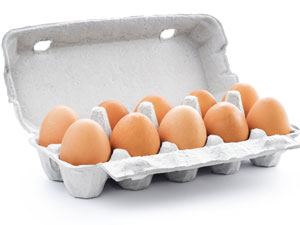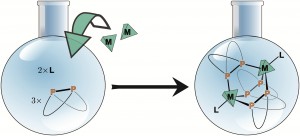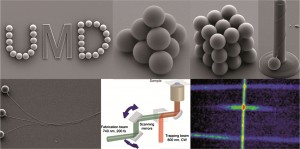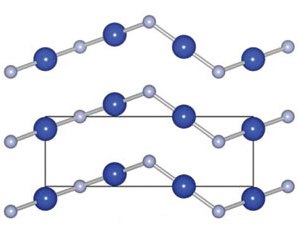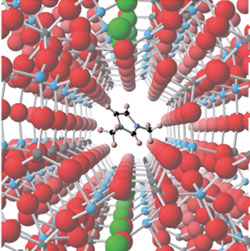UK scientists have isolated and identified the biosynthesis genes of the metabolite coelimycin P1 (a yellow pigment, unprecedented in nature to the team’s knowledge) by Streptomyces coelicolor M145, using a combination of genetic experiments, bioinformatic analyses and structural analyses.
Analysing the genome sequences of plants, bacteria and filamentous fungi, together with the screening of extracts of novel organisms isolated from underexplored habitats, revealed that many (perhaps most) structurally novel bioactive natural products remain to be discovered. Sequencing the complete or partial genomes of several Streptomyces species and related actinomycetes has shown that they invariably contain numerous cryptic gene clusters with the potential to direct the production of hitherto undiscovered bioactive natural products, say the researchers.
Link to journal article
Structure and biosynthesis of the unusual polyketide alkaloid coelimycin P1, a metabolic product of the cpk gene cluster of Streptomyces coelicolor M145
Juan-Pablo Gomez-Escribano, Lijang Song, David Fox, Valerie Yeo, Mervyn Bibb and Gregory L Challis
Chem. Sci., 2012, DOI: 10.1039/c2sc20410j











